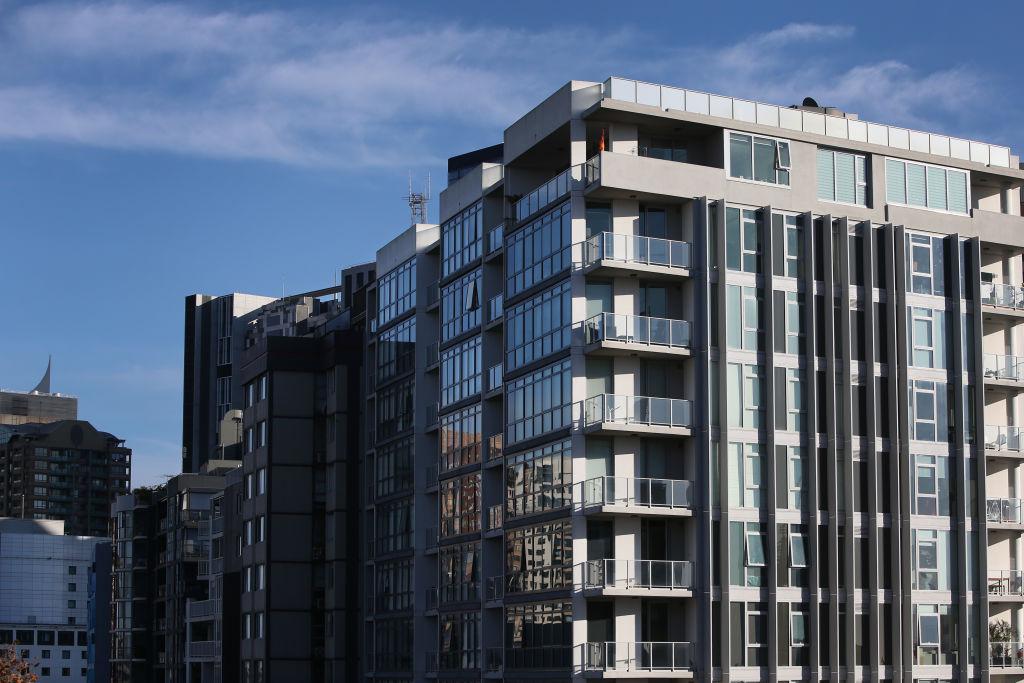Developers are putting a hold on approved residential housing projects because of surging construction costs at a time when Australia is expecting well over a million migrants within the next five years.
According to a new analysis by KPMG Australia, the plateau in property prices combined with about a 30 percent increase in construction costs in Sydney and Melbourne has prompted developers to shelve projects.





